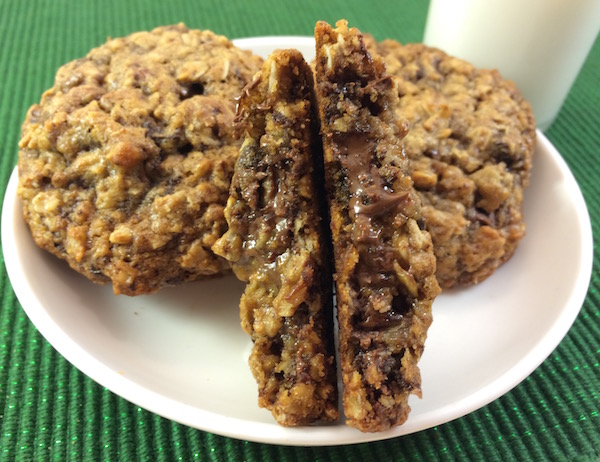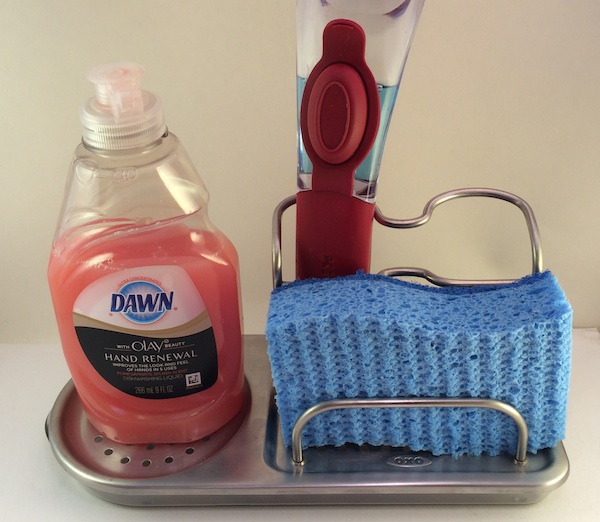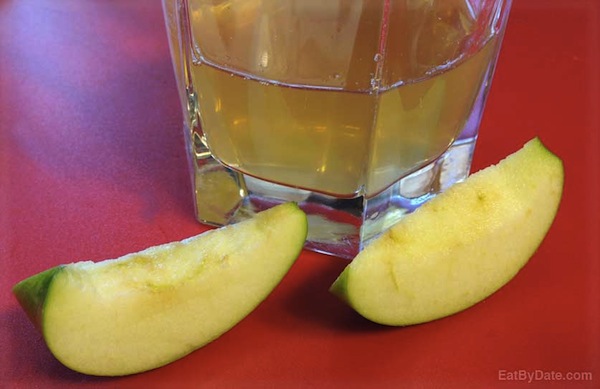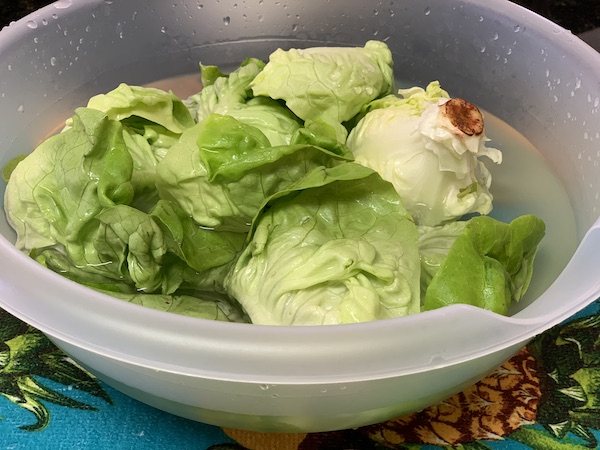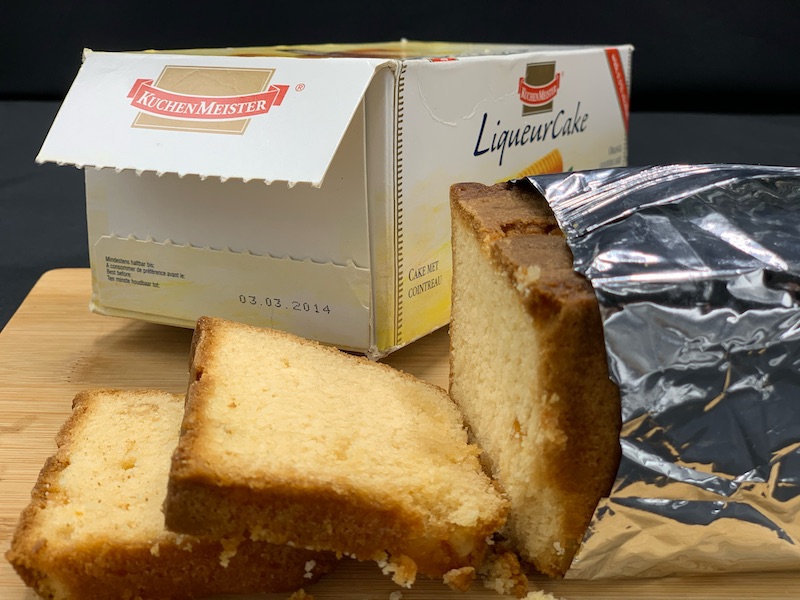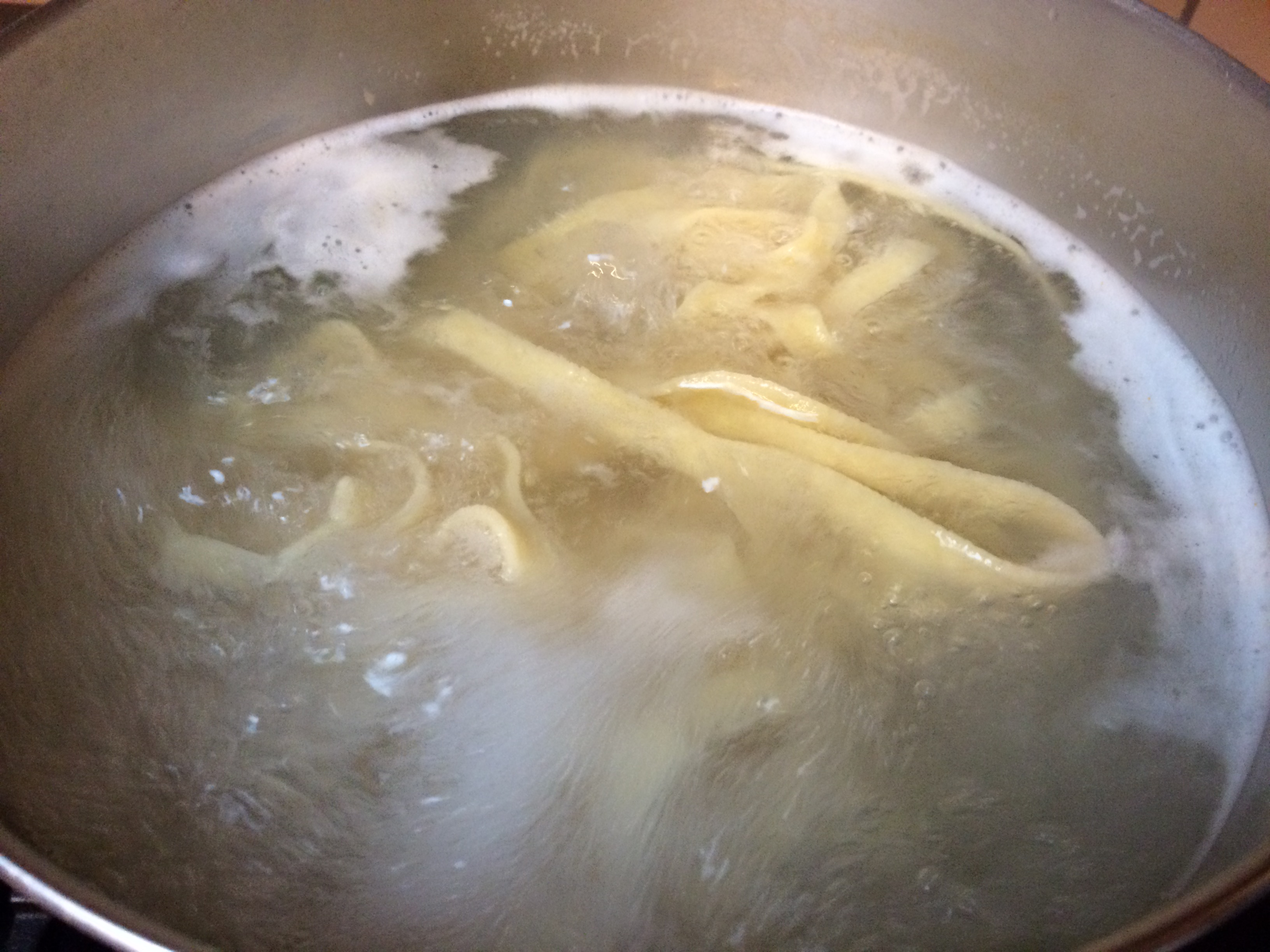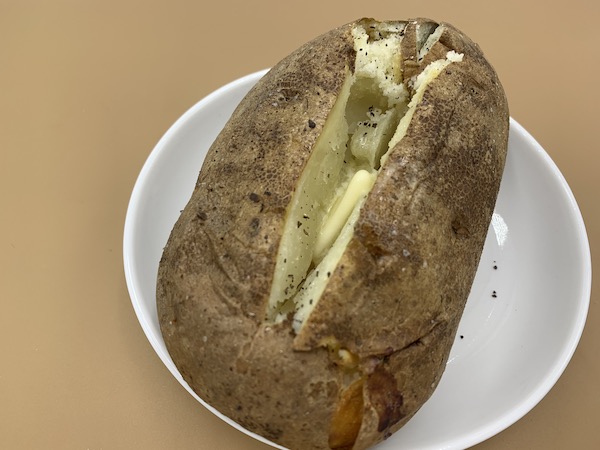Types of Oatmeal - Are They Created Equal?
The new year always brings resolutions, often they revolve around trying to be more diet and health conscious after the often glutenous holidays. A food choice that often comes to mind, especially for breakfast, is oatmeal. It’s fat-free and gluten-free and contains beta gluten that has been proven to help lower cholesterol. Types of oatmeal include instant, quick-cooking, old-fashioned and steel-cut. But, are all oatmeals created equal?
All oatmeal types are equally nutritious and contain plenty of fiber, magnesium, phosphorus and potassium. The difference between types of oatmeal is in the processing of the whole oats. The more the oats have been rolled, the thinner they become. Let’s look at the four types of oatmeal in more detail.
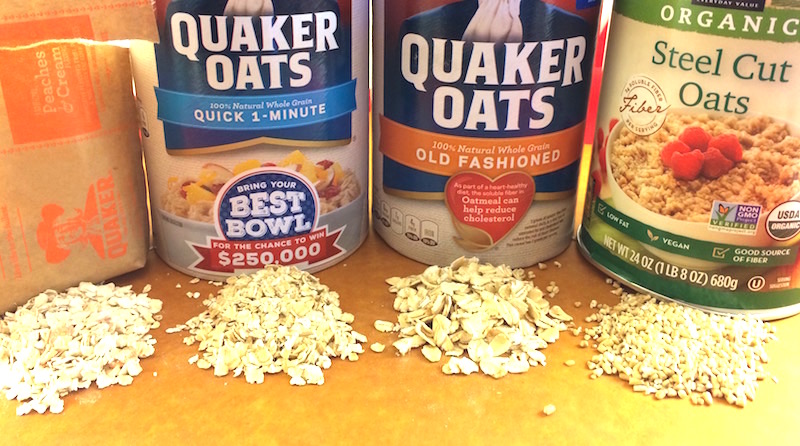
Types of Oatmeal

Oatmeal choices include instant, quick, old-fashioned and steel-cut. Since all oatmeal is wholesome and contains about the same nutritional value, it’s hard to go wrong with whichever type your lifestyle demands. So, let’s compare the processing, convenience, cooking time, cost and even discuss the forgotten process of soaking your oats.
Instant Oatmeal
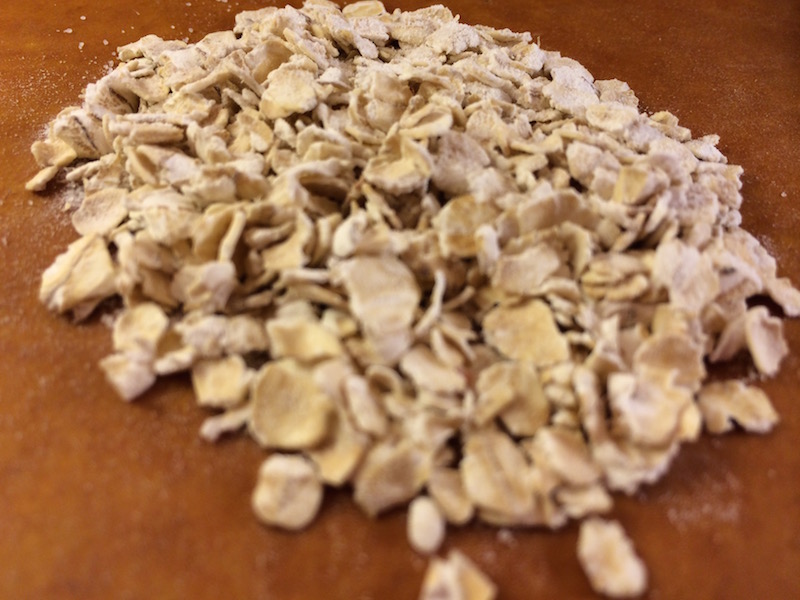
Instant oatmeal is steamed lightly during processing. Steaming deactivates enzymes and stabalizes the healthy oils, resulting in a longer shelf life. Once steamed, the grains are then rolled until flat. Every part of the oat remains, it’s just rolled until very thin for instant oatmeal. Since instant oatmeal is so very thin, simply stirring hot water into the oats is enough to cook the oats. Instant oats cook… instantly.
Although you will not lack nutrition if you choose instant oatmeal, you may gain unwanted sugar, salt or even artificial flavorings – just be sure to read the label before purchase. The last note on instant oatmeal is that it tends to be more expensive than the other oatmeal varieties.
Quick-Cooking Oatmeal
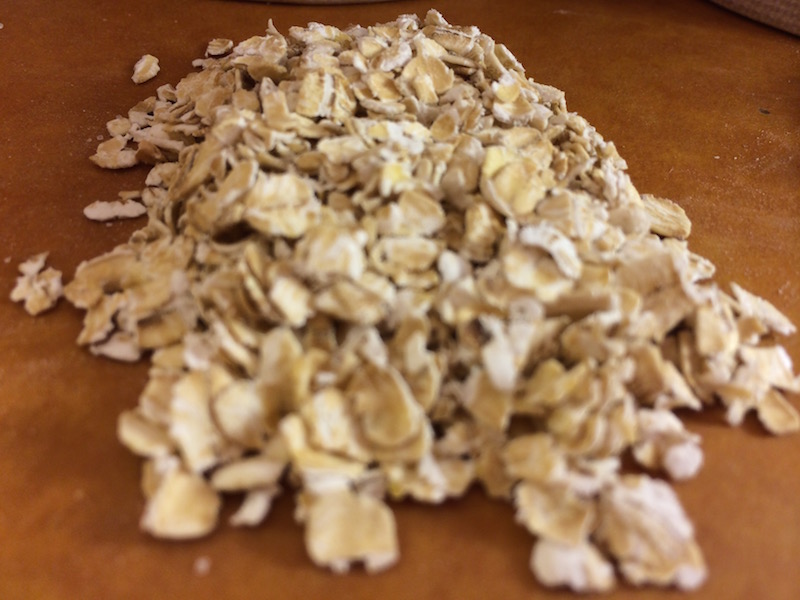
Quick-cooking oats are an option that falls in-between the instant oats and the old-fashioned oats. These oats are also steamed (usually not as long as instant) but aren’t rolled quite as thin as the instant oats.
Quick-cooking oats take a little longer to cook than the instant type of oatmeal… about a minute.
Old-Fashioned Oatmeal
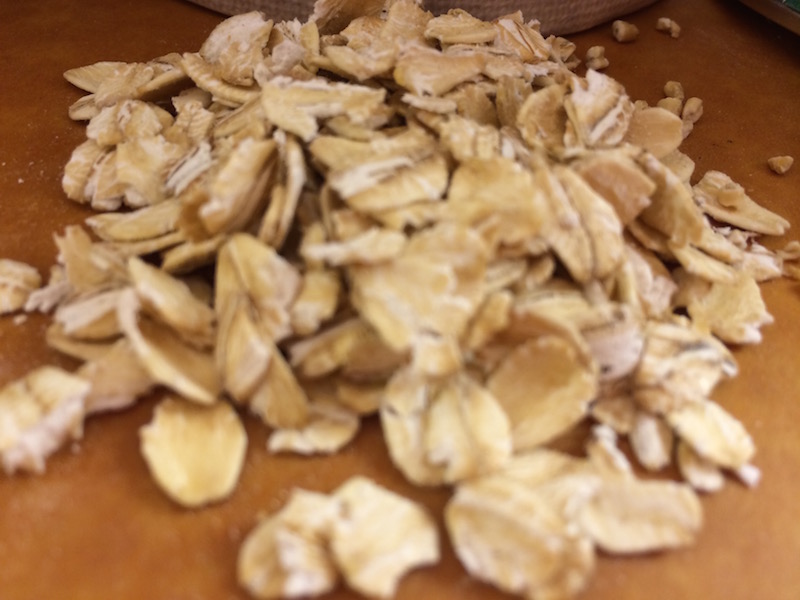
Old-fashioned oats (again lightly steamed for stabalization) aren’t rolled quite as thin as the quick-cooking oats and thus have less surface area than either the instant or quick cooking. These are often called rolled oats or regular oatmeal. Quick-cooking and old-fashioned oats are generally the priced the same.
Old-fashioned oatmeal takes a little longer to prepare than quick-cooking oatmeal… allow about 5 minutes to cook these oats.
Steel-Cut Oatmeal
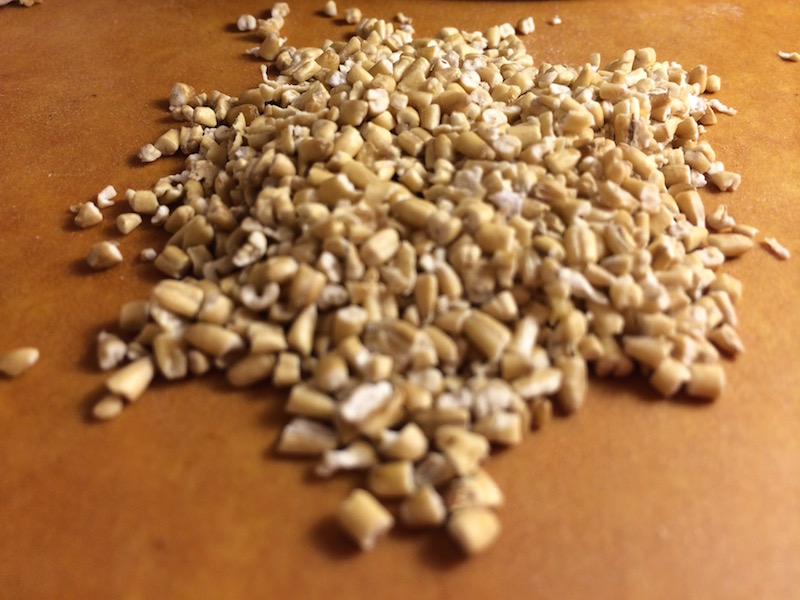
Steel-cut oats are the thickest and coarsest of all oatmeals. Instead of being steamed and rolled, like all other oatmeal varieties, the whole oats are simply cut into chunks with a steel blade. Steel-cut oats are chewier than rolled oats, and the flavor is slightly nuttier than any other oatmeal variety. Steel cut oats are often called Irish Oats, not to be confused with Scottish Oats which are whole oats that have been smashed with a stone. Steel cut oats have a shorter shelf life than other types of oatmeal. These oats are not commonly found in general grocery stores and are usually priced slightly higher than regular oats. Because the steel-cut oats are so thick… they require about 30 minutes to fully cook.
Steel-cut oats are the best option if you are using your slow cooker for breakfast so that the resulting dish isn’t too mushy. They can cook on low for about 6 hours. Since steel-cut oats take so long to cook, if you prefer this type of oats, we suggest that you prepare large batches at a time and then refrigerate the leftovers. In the morning, only heat up as much as you need. Leftovers come out just fine from the microwave.
Using Different Types of Oatmeal
For Baking Purposes
When baking with oatmeal, you can also choose whichever type you’d like… depending on the desired result. If you want some cookies that are chewy and nutty tasting then reach for the old-fashioned oats. If you desire a softer, less textured cookie then reach for the quick oats, since quick oats absorb liquids more readily. If you want to use the oatmeal more like a flour (less texture and flavor) then reach for the instant oats, but beware of added sugars and flavors.
Soaked Oats
Try soaking your oats for added flavor and texture. Soaking oats used to be included with oatmeal instructions but in the 1920s, as convenience started becoming the theme in the kitchen, this step was eliminated from the process as the demand for quick-cooking oats grew. You can soak oats in either water, milk or a milk alternative and then grab them in the morning. Use equal parts oatmeal and liquid and then place them covered in the fridge.
Don’t be afraid to experiment with other additives during the soaking process, throw in most anything you desire. A favorite soaking recipe is oatmeal apple pie – just add chopped apples, brown sugar and chopped pecans to your oatmeal and use apple juice as the liquid before refrigeration. Soaked oats are super easy to grab in the morning and eat cold and they can also last a week in the refrigerator.
Additional Information on Oatmeal Types
Here are a few tips that can be used with all types of oatmeal:
To find out how long oatmeal is good for, check our oatmeal page.



